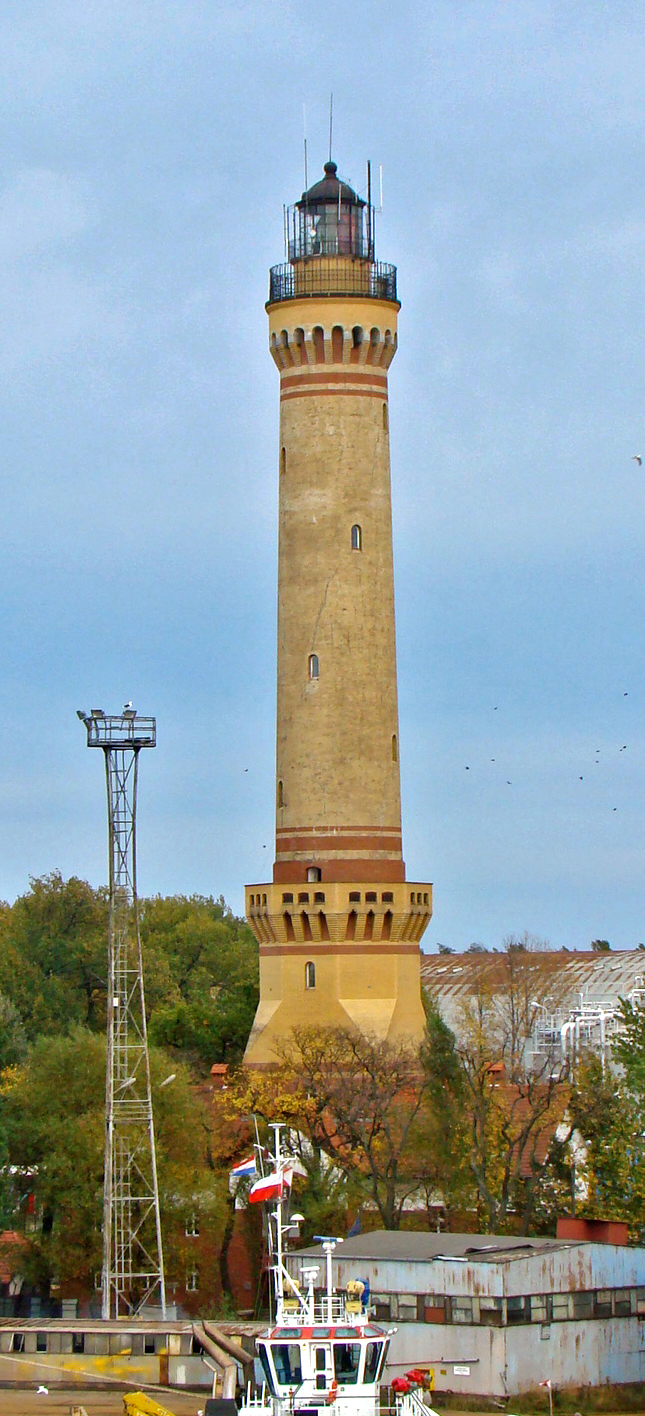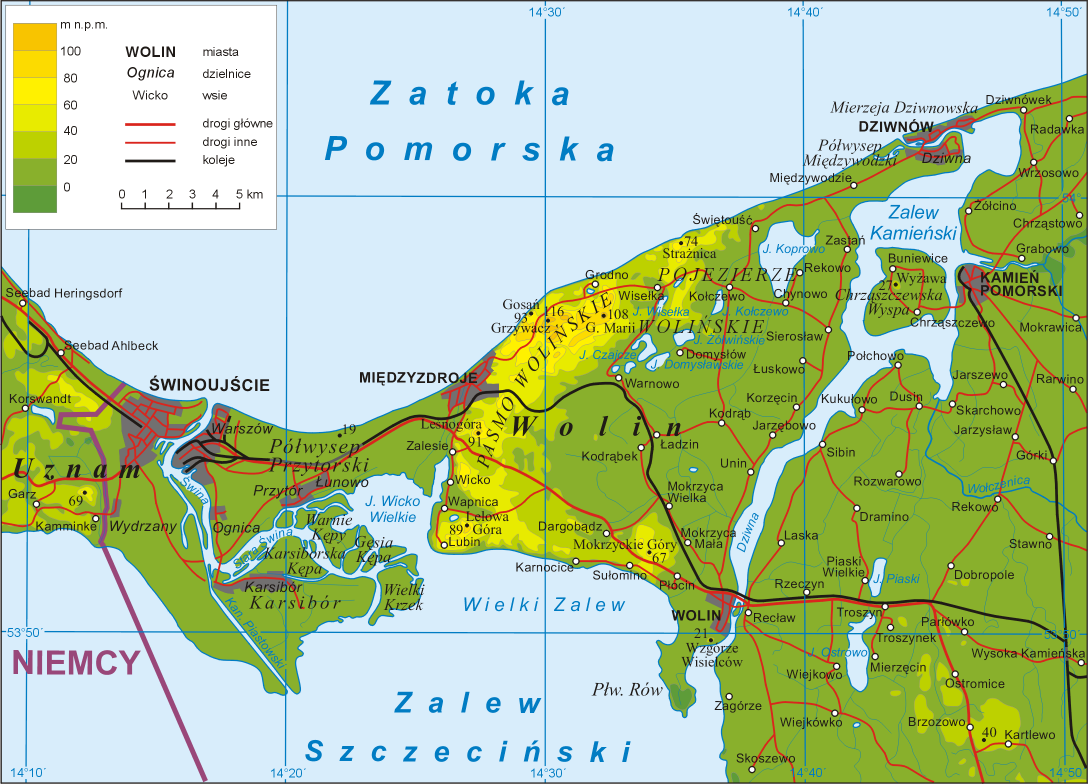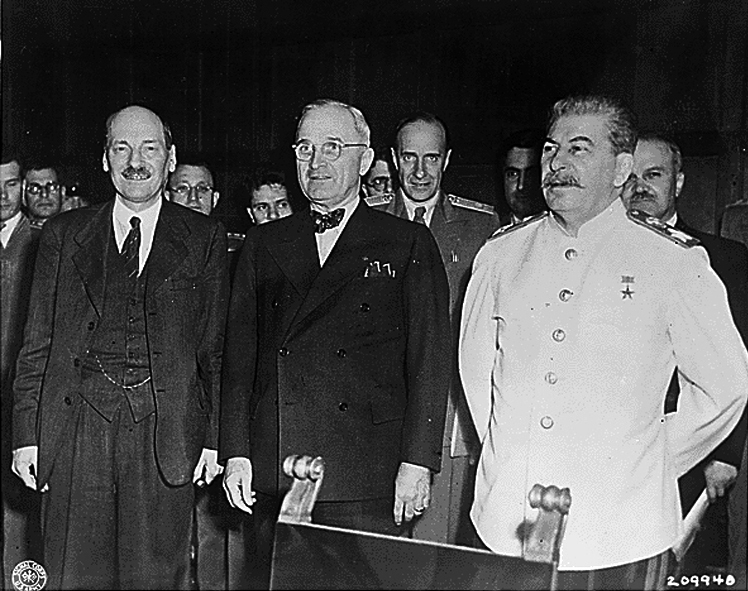|
Karsibór
Karsibór ( or ''Caseburg'') is an island in the Szczecin Lagoon, Poland, which was created by the cutting of the Piast Canal which separated it from the island of Usedom. The island was named after its largest village (now district of the town of Świnoujście). In 1880, the ''Kaiserfahrt'' (Piast Canal) channel was opened providing a water route with a depth of connecting the lagoon with the Baltic Sea bypassing the eastern part of the Świna arm (''Old Świna'') of the Oder River, allowing large ships quicker and safer enter the lagoon and the seaport of Szczecin than on the natural river. The canal, approximately long and deep, was dug by the German Empire between 1874 and 1880, during the reign of the first William I, German Emperor, Kaiser Wilhelm (1797–1888) after whom it was named. After the defeat of Germany in World War II, under the terms of the Potsdam Agreement, in 1945 the region became part of Poland, which renamed the canal after the Piast dynasty. There is ... [...More Info...] [...Related Items...] OR: [Wikipedia] [Google] [Baidu] |
Świnoujście
Świnoujście (; ; ; meaning " Świna ivermouth"; ) is a city in Western Pomerania and seaport on the Baltic Sea and Szczecin Lagoon, in the extreme north-west of Poland, mainly on the islands of Usedom and Wolin, and Karsibór island, once part of Usedom, now separated by the Piast Canal dug in the late 19th century to facilitate ship access to Szczecin. Świnoujście borders the German seaside resort of Ahlbeck on Usedom, connected by a street and of beach promenade. Since 1999, Świnoujście has been a city with powiat rights (), within West Pomeranian Voivodeship. The city lies in the geographic region of Pomerania and had a population of 38,728 in 2024. Świnoujście is one of the most important areas of the Szczecin metropolitan area. The Świnoujście LNG terminal, opened in 2015, is in the city. In 2023, the Świnoujście Tunnel connecting the islands of Wolin and Usedom was opened. Despite its relatively small population, Świnoujście is Poland's ninth-lar ... [...More Info...] [...Related Items...] OR: [Wikipedia] [Google] [Baidu] |
Szczecin Lagoon
Szczecin Lagoon (, ), also known as Oder Lagoon (), and Pomeranian Lagoon (), is a lagoon in the Oder estuary, shared by Germany and Poland. It is separated from the Pomeranian Bay of the Baltic Sea by the islands of Usedom and Wolin. The lagoon is subdivided into the ''Kleines Haff'' (, "small lagoon") in the West and the ''Wielki Zalew'' (, "great lagoon") in the East. An ambiguous historical German name was ''Frisches Haff'', which later exclusively referred to the Vistula Lagoon. Geography From the South, the lagoon is fed by several arms of the Oder river and smaller rivers like Ziese, Peene, Zarow, Uecker, and Ina. In the North, the lagoon is connected to the Baltic Sea's Bay of Pomerania with the three straits Peenestrom, Świna and Dziwna, which divide the mainland and the islands of Usedom and Wolin. The lagoon covers an area of 687 km2, its natural depth is an average 3.8 metres, and 8.5 metres at maximum.Ulrich Schiewer, ''Ecology of Baltic coastal ... [...More Info...] [...Related Items...] OR: [Wikipedia] [Google] [Baidu] |
Piast Canal
The Piast Canal (, ) is a ship canal that connects the Szczecin Lagoon in the estuary of the Oder river with the Baltic Sea via the Świna river. The eastern part of the Świna is bypassed by the canal, providing a more convenient south-north connection for large ships from the Baltic to reach the industrial city of Szczecin () more easily. History The canal, approximately 12 km long and ten metres deep, was dug during the time of the German Empire between 1874 and 1880, in the reign of the Kaiser Wilhelm I (). Thus it was not named after his grandson Kaiser Wilhelm II () who was famous for his interest in seafaring and battleships. Baptized as ', the canal allowed ships to circumvent the eastern branch of the Świna river, which was very difficult to navigate. The resulting benefit to shipping between the Baltic Sea and the lagoon saw the ascendancy of the port of Stettin and a decline in the port of Świnoujście (), because now ocean-going ships could sail as far as St ... [...More Info...] [...Related Items...] OR: [Wikipedia] [Google] [Baidu] |
Wolin
Wolin (; ) is a Polish island in the Baltic Sea, just off the Polish coast. Administratively, the island belongs to the West Pomeranian Voivodeship. Wolin is separated from the island of Usedom (Uznam) by the Strait of Świna, and from mainland Pomerania by the Strait of Dziwna. The island has an area of and its highest point is Mount Grzywacz at 116 m above sea level. The number of inhabitants is 30,000. Eastern suburbs of the city of Świnoujście extend to the Wolin island, while the towns of Międzyzdroje and Wolin lie further east. Water from the river Oder flows into the Szczecin Lagoon and from there through the Peene west of Usedom, Świna and Dziwna into the Bay of Pomerania in the Baltic Sea. Most of the island consists of forests and postglacial hills. In the middle is the Wolin National Park. The island is the main tourist attraction of northwestern Poland, and it is crossed by several marked tourist trails, such as a trail from Międzyzdroje to Dziwn� ... [...More Info...] [...Related Items...] OR: [Wikipedia] [Google] [Baidu] |
West Pomeranian Voivodeship
West Pomeranian Voivodeship is a Voivodeships of Poland, voivodeship (province) in northwestern Poland. Its capital and largest city is Szczecin. Its area equals , and in 2021, it was inhabited by 1,682,003 people. It was established on 1 January 1999, out of the former Szczecin Voivodeship (1975–1998), Szczecin and Koszalin Voivodeship (1975–1998), Koszalin Voivodeships and parts of Gorzów Voivodeship, Gorzów, Piła Voivodeship, Piła and Słupsk Voivodeships, pursuant to the Polish local government reforms adopted in 1998. It borders on Pomeranian Voivodeship to the east, Greater Poland Voivodeship to the southeast, Lubusz Voivodeship to the south, the Germany, German States of Germany, federal-states of Mecklenburg-Vorpommern, Mecklenburg-West Pomerania and Brandenburg to the west, and the Baltic Sea to the north.Ustawa z dnia 24 lipca 1998 r. o wprowadzeniu zasadniczego trójstopniowego podziału terytorialnego państwa (Dz.U. z 1998 r. nr 96, poz. 603). Geography and ... [...More Info...] [...Related Items...] OR: [Wikipedia] [Google] [Baidu] |
German Empire
The German Empire (),; ; World Book, Inc. ''The World Book dictionary, Volume 1''. World Book, Inc., 2003. p. 572. States that Deutsches Reich translates as "German Realm" and was a former official name of Germany. also referred to as Imperial Germany, the Second Reich or simply Germany, was the period of the German Reich; . from the unification of Germany in 1871 until the German revolution of 1918–1919, November Revolution in 1918, when the German Reich changed its form of government from a monarchy to a Weimar Republic, republic. The German Empire consisted of States of the German Empire, 25 states, each with its own nobility: four constituent Monarchy, kingdoms, six Grand duchy, grand duchies, five Duchy, duchies (six before 1876), seven Principality, principalities, three Free imperial city, free Hanseatic League, Hanseatic City-state, cities, and Alsace–Lorraine, one imperial territory. While Prussia was one of four kingdoms in the realm, it contained about two-thirds ... [...More Info...] [...Related Items...] OR: [Wikipedia] [Google] [Baidu] |
Gothic Architecture
Gothic architecture is an architectural style that was prevalent in Europe from the late 12th to the 16th century, during the High Middle Ages, High and Late Middle Ages, surviving into the 17th and 18th centuries in some areas. It evolved from Romanesque architecture and was succeeded by Renaissance architecture. It originated in the Île-de-France and Picardy regions of northern France. The style at the time was sometimes known as ''opus Francigenum'' (); the term ''Gothic'' was first applied contemptuously during the later Renaissance, by those ambitious to revive the Classical architecture, architecture of classical antiquity. The defining design element of Gothic architecture is the Pointed arch (architecture), pointed arch. The use of the pointed arch in turn led to the development of the pointed rib vault and flying buttresses, combined with elaborate tracery and stained glass windows. At the Abbey of Basilica of Saint-Denis, Saint-Denis, near Paris, the choir was rec ... [...More Info...] [...Related Items...] OR: [Wikipedia] [Google] [Baidu] |
Piast Dynasty
The House of Piast was the first historical ruling dynasty of Poland. The first documented List of Polish monarchs, Polish monarch was Duke Mieszko I of Poland, Mieszko I (–992). The Poland during the Piast dynasty, Piasts' royal rule in Poland ended in 1370 with the death of King Casimir III the Great. Branches of the Piast dynasty continued to rule in the Duchy of Masovia (until 1526) and in the Duchies of Silesia until the last male Silesian Piast died in 1675. The Piasts intermarried with several noble lines of Europe, and possessed numerous titles, some within the Holy Roman Empire. The Jagiellonian dynasty, Jagiellonian kings ruling after the death of Casimir IV of Poland were also descended in the female line from Casimir III's daughter. Origin of the name The early dukes and kings of Poland are said to have regarded themselves as descendants of the semi-legendary Piast the Wheelwright (''Piast Kołodziej''), first mentioned in the ''Cronicae et gesta ducum sive pri ... [...More Info...] [...Related Items...] OR: [Wikipedia] [Google] [Baidu] |
Potsdam Agreement
The Potsdam Agreement () was the agreement among three of the Allies of World War II: the United Kingdom, the United States, and the Soviet Union after the war ended in Europe that was signed on 1 August 1945 and published the following day. A product of the Potsdam Conference, it concerned the military occupation and reconstruction of Germany, its border, and the entire European Theatre of War territory. It also addressed Germany's demilitarisation, reparations, the prosecution of war criminals and the mass expulsion of ethnic Germans from various parts of Europe. France was not invited to the conference but formally remained one of the powers occupying Germany. Executed as a communiqué, the agreement was not a peace treaty according to international law, although it created accomplished facts. It was superseded by the Treaty on the Final Settlement with Respect to Germany signed on 12 September 1990. As De Gaulle had not been invited to the Conference, the French resi ... [...More Info...] [...Related Items...] OR: [Wikipedia] [Google] [Baidu] |
World War II
World War II or the Second World War (1 September 1939 – 2 September 1945) was a World war, global conflict between two coalitions: the Allies of World War II, Allies and the Axis powers. World War II by country, Nearly all of the world's countries participated, with many nations mobilising all resources in pursuit of total war. Tanks in World War II, Tanks and Air warfare of World War II, aircraft played major roles, enabling the strategic bombing of cities and delivery of the Atomic bombings of Hiroshima and Nagasaki, first and only nuclear weapons ever used in war. World War II is the List of wars by death toll, deadliest conflict in history, causing World War II casualties, the death of 70 to 85 million people, more than half of whom were civilians. Millions died in genocides, including the Holocaust, and by massacres, starvation, and disease. After the Allied victory, Allied-occupied Germany, Germany, Allied-occupied Austria, Austria, Occupation of Japan, Japan, a ... [...More Info...] [...Related Items...] OR: [Wikipedia] [Google] [Baidu] |
William I, German Emperor
Wilhelm I (Wilhelm Friedrich Ludwig; 22 March 1797 – 9 March 1888) was King of Prussia from 1861 and German Emperor from 1871 until his death in 1888. A member of the House of Hohenzollern, he was the first head of state of a united Germany. He was regent of Prussia from 1858 to 1861 for his brother Frederick William IV. During the reign of his grandson Wilhelm II, he was known as Emperor Wilhelm the Great (German: ''Kaiser Wilhelm der Große''). The second son of Frederick William III of Prussia, Prince Frederick William and Louise of Mecklenburg-Strelitz, Wilhelm was not expected to ascend to the throne. His grandfather, King Frederick William II of Prussia, Frederick William II died the year he was born, and his father was crowned Frederick William III of Prussia, Frederick William III. Wilhelm fought with distinction during the War of the Sixth Coalition, and afterwards became a prominent figure within the Prussian Army. In 1840, his childless elder brother became King of ... [...More Info...] [...Related Items...] OR: [Wikipedia] [Google] [Baidu] |







